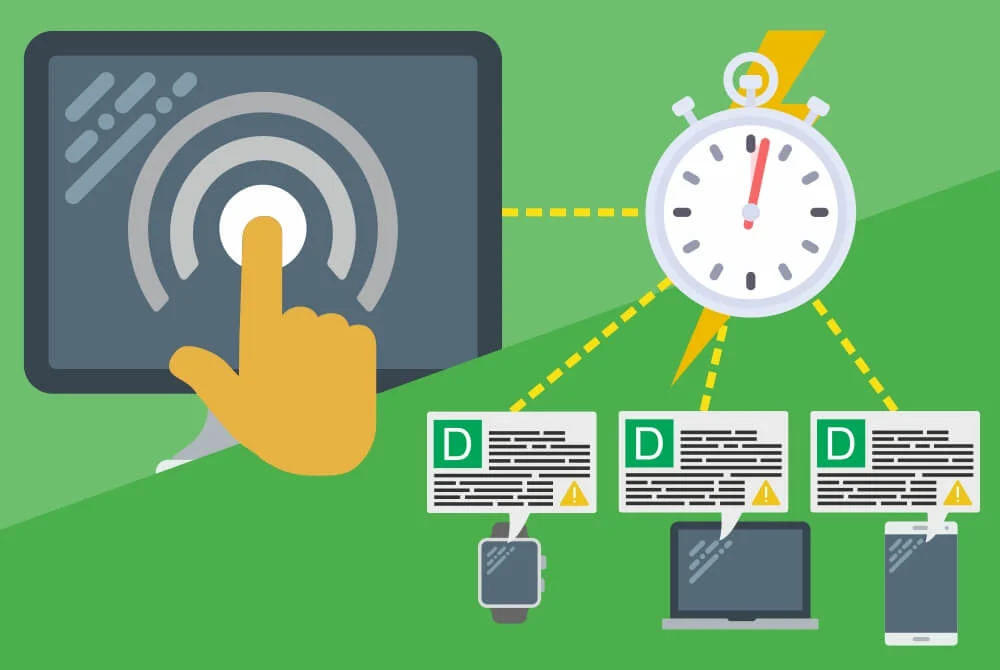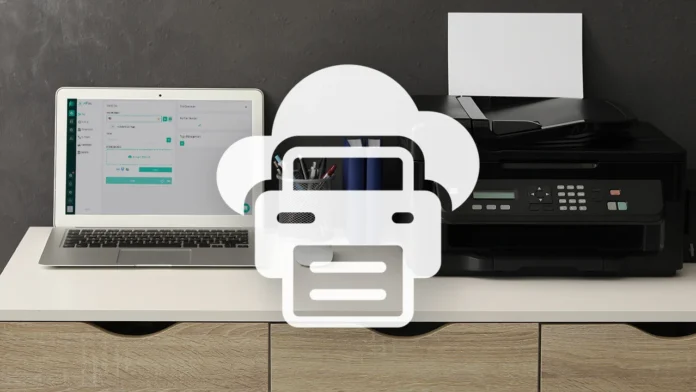Faxing might feel like an artifact from a bygone era, but in specific sectors such as law, healthcare, and finance, it remains a steadfast form of communication. For the uninitiated, even the idea of monitoring fax might sound peculiar. But just like other modes of data transmission, faxing requires impeccable delivery. Dive deep with us as we guide you through the steps of setting up and fine-tuning a system to catch and resolve inbound faxing hitches.
Setting Up Your Monitoring Infrastructure

In the labyrinth of communications, the foundation is key. Think of your monitoring infrastructure as a spider’s web, catching every anomaly. When you want to conduct a fax test, begin by setting up dedicated fax lines, ensuring they’re isolated from regular telephony traffic. This isolation minimizes interference and provides a clearer path for fax signals. It’s equally pivotal to ensure your monitoring station has a direct connection to the fax server or central hub. A direct linkage guarantees quicker data retrieval and analysis, allowing for more prompt issue resolution.
Before delving into sophisticated tools, familiarize yourself with basic hardware components. Fax modems, servers, and dedicated fax lines are the backbone of your infrastructure. Opt for high-quality components and ensure regular maintenance checks. This diligence decreases the likelihood of hardware malfunctions, ensuring a smoother monitoring experience.
Monitoring Tools and Software Selection
Navigating the vast sea of monitoring tools can be overwhelming. Prioritize software that’s compatible with your fax servers and provides comprehensive insights into traffic, errors, and performance. Some tools offer dashboard views, while others lean towards detailed reports. Identify your team’s preferences and choose accordingly.
Equally crucial is software scalability. The digital landscape is in constant flux. Software that adapts and grows with your needs will be an asset. Opt for tools with regular updates, and always stay attuned to the newest industry standards.
Establishing Baseline Performance Metrics
Creating a reference point is essential. By defining baseline metrics, you obtain a standard against which you can measure fax performance. This might include average transmission speed, success rate, and error frequency. Logging these benchmarks early on will help you swiftly spot irregularities later.
With a baseline in place, routine checks become your ally. These checks will offer insights into deviations, allowing you to make informed decisions on the need for adjustments or interventions.
Real-time Alerts and Notifications

Immediate awareness can be the difference between a slight hiccup and a colossal issue. Implementing a system for real-time notifications ensures you’re always in the loop. Such alerts could be triggered by various factors: sudden traffic spikes, prolonged transmission times, or recurrent transmission failures.
While these alerts are invaluable, ensure they aren’t excessively sensitive. Striking a balance between being informed and getting swamped with unnecessary notifications is paramount. Over time, you’ll find the sweet spot.
Analyzing Inbound Fax Traffic Patterns
Every communication channel has its rhythm. Familiarizing yourself with the ebb and flow of fax traffic provides predictive capabilities. For instance, observing a routine mid-month spike might suggest a particular business process or activity, and preparing in advance for these predictable influxes can optimize performance.
Yet, it’s the anomalies that often need attention. Unexpected dips or surges in traffic can be indicative of technical issues or changes in business dynamics. By staying vigilant to these patterns, you ensure continued faxing efficiency.
Identifying Common Inbound Faxing Issues
A well-oiled machine isn’t impervious to glitches. Common culprits range from distorted images to complete transmission failures. Recognizing these familiar foes early on allows for swifter troubleshooting. Maintain a log, detailing recurring problems and their resolutions. Over time, this repository becomes an invaluable tool.
While some issues might seem minor, like slight image distortions, they can be symptomatic of larger, lurking issues. Approach even the smallest of hitches with seriousness, as early detection can prevent a cascade of problems down the line.
Diagnosing Hardware and Connectivity Problems

Hardware, being tangible, often becomes the first suspect when issues arise. Start with visual inspections, checking for overt damages or loose connections. Such issues, though simple, can significantly disrupt fax communication. Next, consider employing diagnostic tools that test the health and functionality of your modems and servers.
Yet, not all problems stem from hardware. Sometimes, the gremlins lurk in the connectivity realm. Regularly test your dedicated fax lines for signal strength and clarity. A weakened or noisy line can hamper fax transmissions significantly.
Addressing Software and Configuration Glitches
Dive into the digital realm, and you’ll discover software can be equally finicky. Ensure that your software versions are up-to-date and patches are regularly applied. Outdated software is not just a performance issue; it’s a gaping security risk. Regularly review configurations, ensuring that they align with best practices and operational needs.
With myriad settings available, minor misconfigurations can lead to disproportionate disruptions. Periodic audits of software settings, coupled with robust documentation, can streamline troubleshooting and restoration processes.
Mitigating Security and Privacy Concerns
In an era of heightened data breaches, faxing isn’t exempt from security threats. Ensure encryption for both inbound and outbound transmissions. This not only safeguards data but also complies with many industry regulations. Educate your team about potential risks, promoting a culture of vigilance and security.
The sanctity of private information cannot be understated. Implement measures like restricted access to inbound faxes, ensuring only authorized personnel can view sensitive data. Periodic security audits can further bolster your defense mechanisms.
Implementing Redundancy and Failover Measures

Hope for the best, but prepare for the unforeseen. Redundancy ensures that if one component fails, another takes its place, ensuring uninterrupted service. Consider having backup modems and servers, ready to be deployed at a moment’s notice.
Failover measures, on the other hand, switch traffic to an alternative path when the primary one faces issues. By having these measures in place, you not only ensure continuous service but also buy yourself valuable time to address and rectify primary path issues.
Final Thoughts
In a world that’s sprinting towards all things digital, the humble fax machine stands resilient, proving its enduring importance. Ensuring its flawless operation isn’t just about maintaining old technology; it’s about facilitating seamless communication. With the right monitoring and maintenance, faxing can indeed be as efficient and reliable as any modern communication tool. The key lies in vigilance, preparation, and adaptability.





![Calgary’s Hottest Neighborhoods for Luxury Homebuyers [2024]](https://thewashingtonote.com/wp-content/uploads/2024/04/Calgary-324x160.png)



